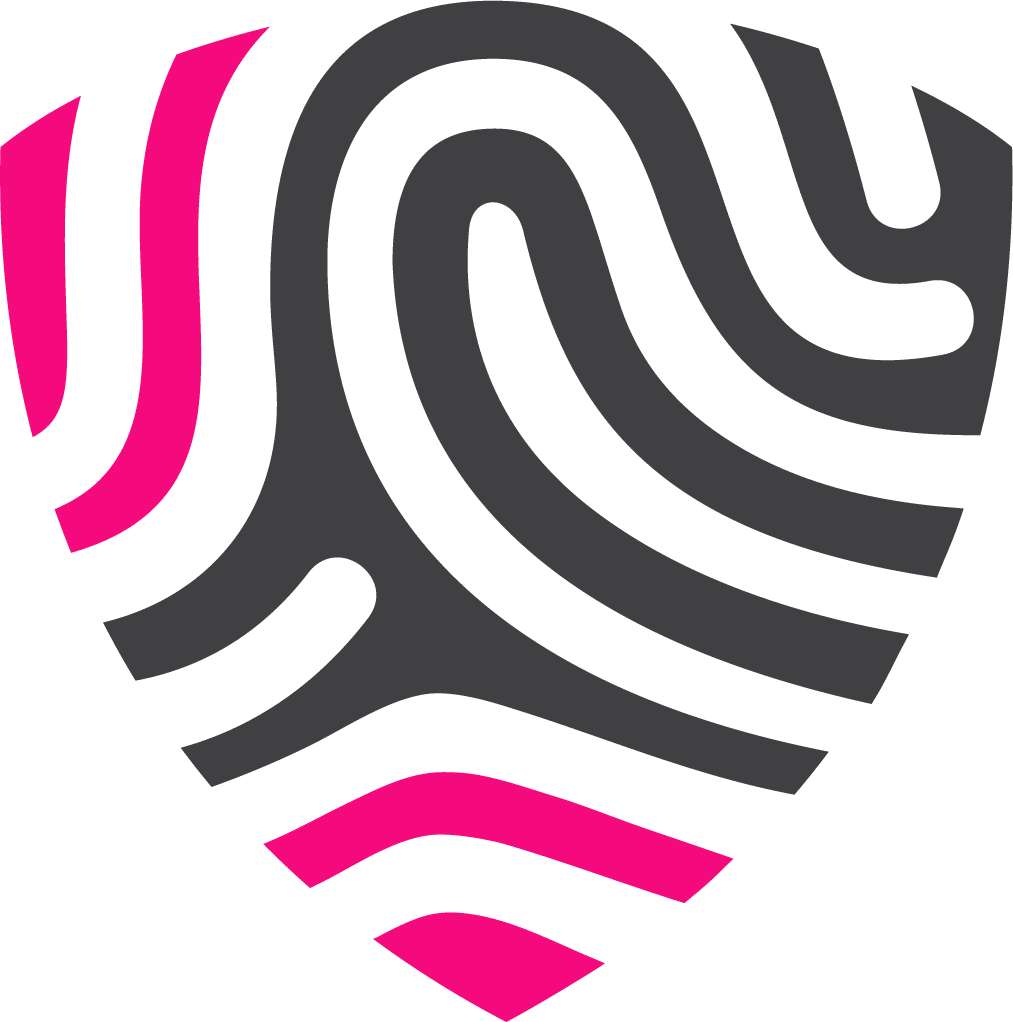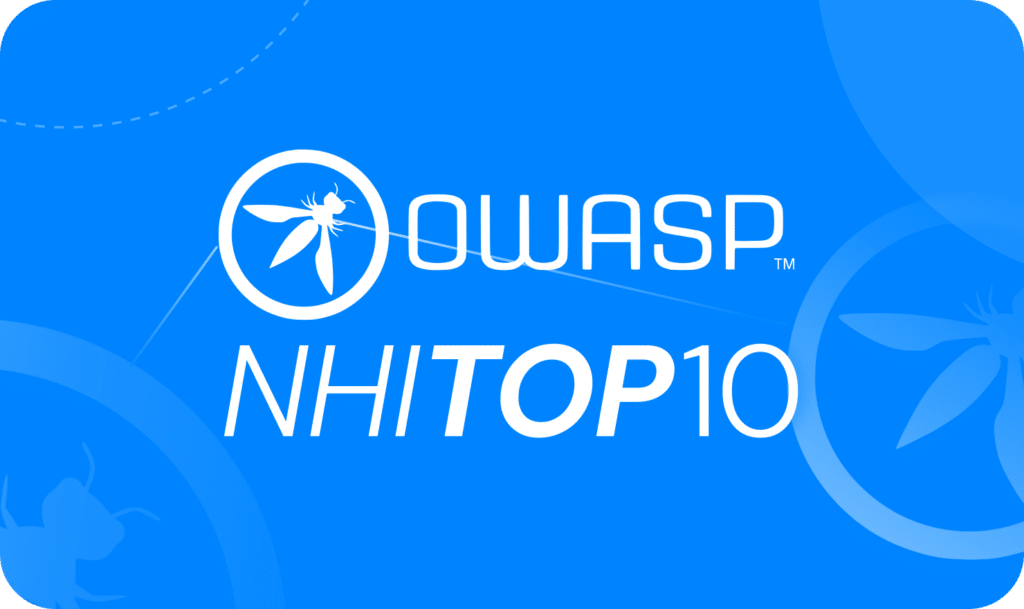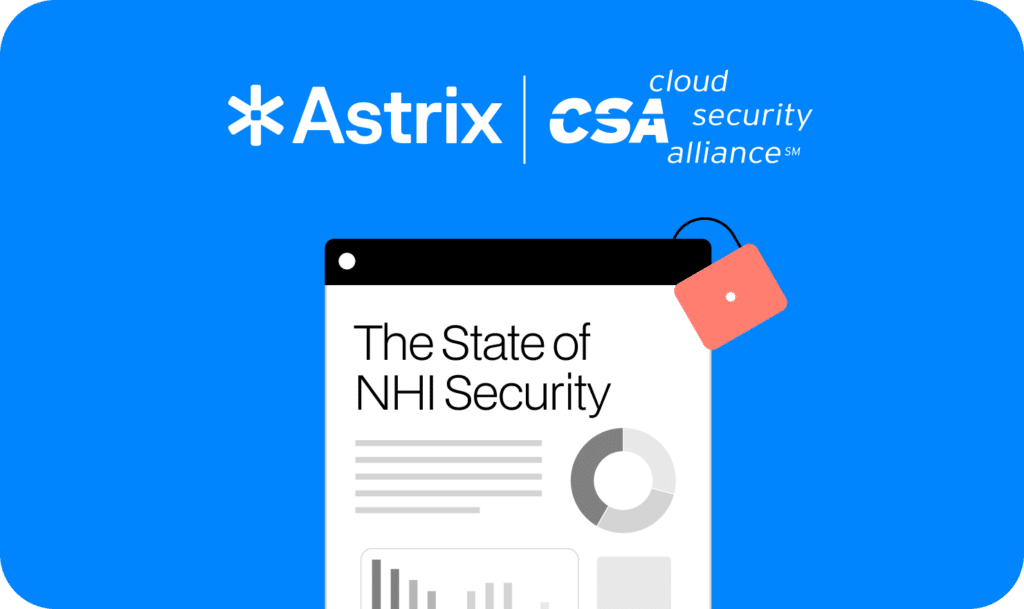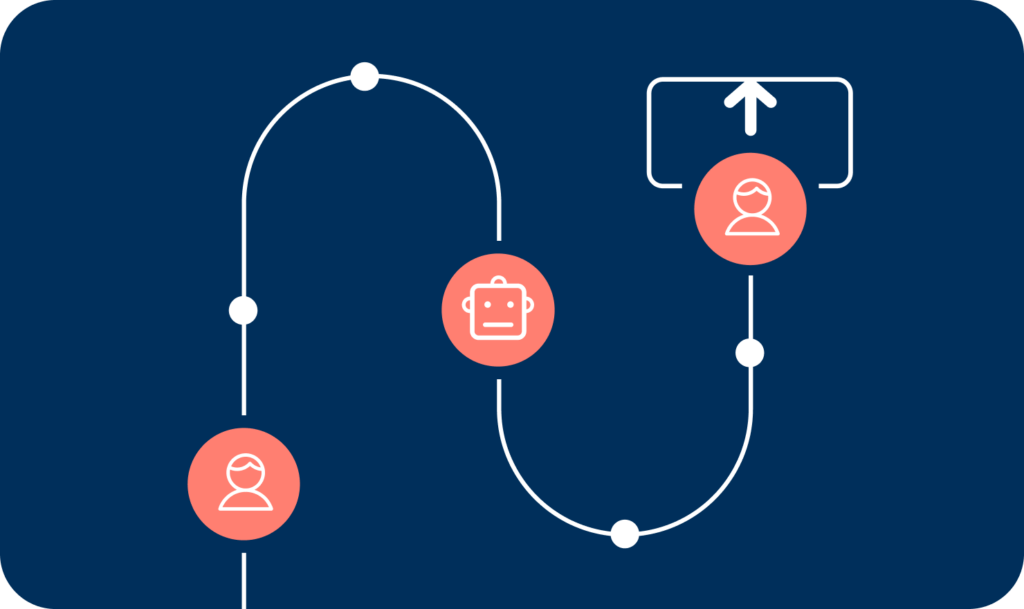Third-Party Risk
Reclaim Control Over Shadow Third-Party Access
Astrix enhances your TPRM program with automated and continuous discovery of all the connected third-party apps and vendors, and helps you focus on the risks that matter most.
ACCORDING TO ASTRIX RESEARCH
90%
of the apps connected to Google Workspace environments are non-marketplace apps
20%
of vendors behind marketplace apps are untrustworthy
Access tokens were stolen from the most trusted app vendors
Existing solutions are not built for NHIs

Point-in-time assessment
TPRM tools assess third-party apps mainly during the procurement and pre-onboarding stages. Astrix continuously monitors everything that accesses your environment, how it behaves and the risk it poses.
Unaware of shadow apps
Ironically, apps that go through TPRM assessments are usually well-known SaaS apps with high-security standards. Astrix discovers all apps that access your environments, known or unknown, and analyzes their reputation in real time.
Obscure security scores
These scores are based on static parameters of the app vendor and lack real-time insights. We provide you with a continuous assessment of the vendor as well as your exposure in case this vendor gets breached.
Slow questionnaires
Manual security questionnaires are not scalable and reduce agility. Astrix automatically provides all the necessary context about the third-party app and the vendor behind it, reducing overhead and increasing productivity.
Enhance your TPRM Program with Astrix
Continuous NHI discovery
Real-time discovery
Continuously inventory provisioned or in-use service accounts, secrets, OAuth apps, IAM roles, API keys and other NHIs. Complete the picture with the third-party vendors behind them, owners, and usage.
Holistic visibility across environments
Astrix inventories NHIs across IaaS, SaaS, PaaS and On-Prem – correlating your entire NHI connectivity to provide deeper context and better risk prioritization.
NHI types
Astrix secures all NHI types across environments, from OAuth apps and service accounts to certificates, roles and secrets.
NHI risk prioritization
Actionable risk scoring
Prioritize remediation efforts through rich context about services and resources an NHI can access (Google Drive, S3, Git repos, Slack channels), its permissions (full access, read, add), usage, and its consumers (internal users and third-party vendors)
Dynamic access analysis
Usage analysis and holistic visibility help you easily understand if an NHI is redundant (not in use), stale or over-privileged, what it’s connected to, and how to rotate or remove it without breaking anything.
Supply chain breach likelihood
Astrix’s likelihood engine rates third-party vendors according to their reputation, configuration, maintenance, and anomaly detection, highlighting the ones most likely to be breached.
App vetting
Vet before approving
Evaluate potential risks associated with third-party apps before authorizing their access. Detect risky permissions, untrustworthy vendors and malicious apps.
Vendor & app reputation
Discover the app’s actual vendor and understand its reputation based on different parameters such as company size, compliance status, posture, and data sovereignty.
Quick remediation
End-user communication & remediation
Remediate faster with end-user feedback and self-remediation. Automatically gather business justification from users behind NHIs and allow them to remove risky access themselves, without interfering with business processes.
Out-of-the-box remediation
Remediate with a click of a button using out-of-the-box policies for posture and incidents. Easily build custom workflows to fit your security needs.
Enterprise integrations
Integrate Astrix with your existing security stack to reduce overhead. Use Slack notifications, automatically open Jira tickets, use API automations, or work with your ITSM, SIEM and SOAR systems.
Learn more
Ready to see Astrix in action?
See how Astrix can help you discover and remediate NHI risks across your environments.


































